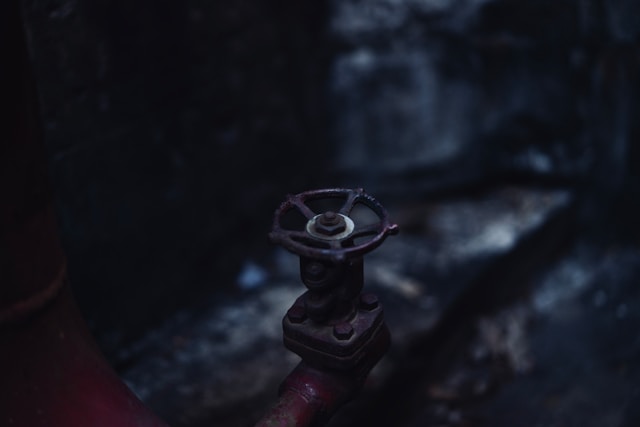Landscape installations create beautiful outdoor spaces where you can relax, entertain, play games, and enjoy the scenery. These spaces help you improve your property value, increase employees’ productivity, and demonstrate your eco-friendly values. Landscapes are designed using a variety of design principles. Some of the most important are repetition and a sense of unity.

Soil Tests
Performing a soil test before landscaping installation Memphis TN, is one of the most important steps that may be done to guarantee the garden’s or lawn’s long-term success. A simple test can tell you what nutrients the soil lacks, essential to plant growth. It can also reveal the presence of heavy metals, like lead, copper, cadmium and zinc, which may make the soil toxic to plants and humans.
Experienced landscape contractors always test the soil before installing anything in the ground. They zigzag through the area and collect dirt from 12 to 15 places to get a composite sample. The results can help them determine what fertilizers and amendments to use. It will also let them know if the soil has problems with drainage and if they need to install a septic system. In addition, the soil test can provide information about which plants will thrive on the site.
Irrigation Systems
A well-designed irrigation system is necessary for anyone wanting to keep their yard lush and beautiful. It’s not just about turning on a sprinkler on Tuesday and watering the tulips for an hour; it’s an intelligently regulated system that provides the perfect amount of moisture at the precise time of day. Since ancient times, people have been digging furrows and terracing hillsides to control the flow of rainwater. However, irrigation systems today are much more high-tech, with valves to control water flow, pipes to transport it and emitters to distribute it. One of the most popular types of irrigation is the spray system, which involves a network of hoses, sprinklers and valves that circulate water to specific zones of your landscape. While efficient, this method can cause evaporation, so it should be used sparingly. Another option is the drip system, which is more effective for watering plants because it delivers water directly to the roots. This type of irrigation also helps regulate soil temperature, keeping roots cool in summer and preventing frost damage in winter.
Drainage
Drainage systems help keep the soil, lawns and trees healthy. They prevent the deterioration of concrete patios, driveways and sidewalks by diverting water from these areas. They also avoid stagnant water, which might attract mosquitoes and serve as their ideal breeding site. A well-designed drainage system also reduces soil erosion, helping the property remain aesthetically pleasing and free of unsightly bare patches or exposed roots. It also helps to reduce the number of weeds that thrive in moist environments. The best way to reduce drainage problems is to plan and grade the landscape during installation properly. It is much cheaper to do this than to try fixing an already-developed issue.
Installation Procedures
Once the landscape design is completed, it’s time to start the installation process. This messy phase usually involves digging with heavy equipment to create new garden beds, digging footings for stone garden walls and patios, or removing existing sod grass areas. You must communicate with your designer during this stage to ensure that they understand your goals for the new landscape. They may have ideas about what will work better or how you can achieve your objectives more cost-effectively. The landscaping crew will need to move things like lawn furniture, toys and decorations out of the way during construction. They also need to protect existing features like utility lines during construction. Lastly, they must ensure that the new landscape meets your community’s ARB or HOA guidelines so you don’t have to go through the costly revision process. It is also the time to install rough grades if needed, which helps drainage and improves the longevity of hardscapes and plantings.

 Keeping Your Hearth in Top Shape: The Value of Routine Fireplace Repair
Keeping Your Hearth in Top Shape: The Value of Routine Fireplace Repair  Septic Systems: Maintenance Tips for Homeowners
Septic Systems: Maintenance Tips for Homeowners  Timeless Elegance: A Guide to Buying Your First Antique Shelf Clock
Timeless Elegance: A Guide to Buying Your First Antique Shelf Clock  Fostering Tranquility: Infusing Personal Well-Being into Home Renovation Ventures
Fostering Tranquility: Infusing Personal Well-Being into Home Renovation Ventures 


